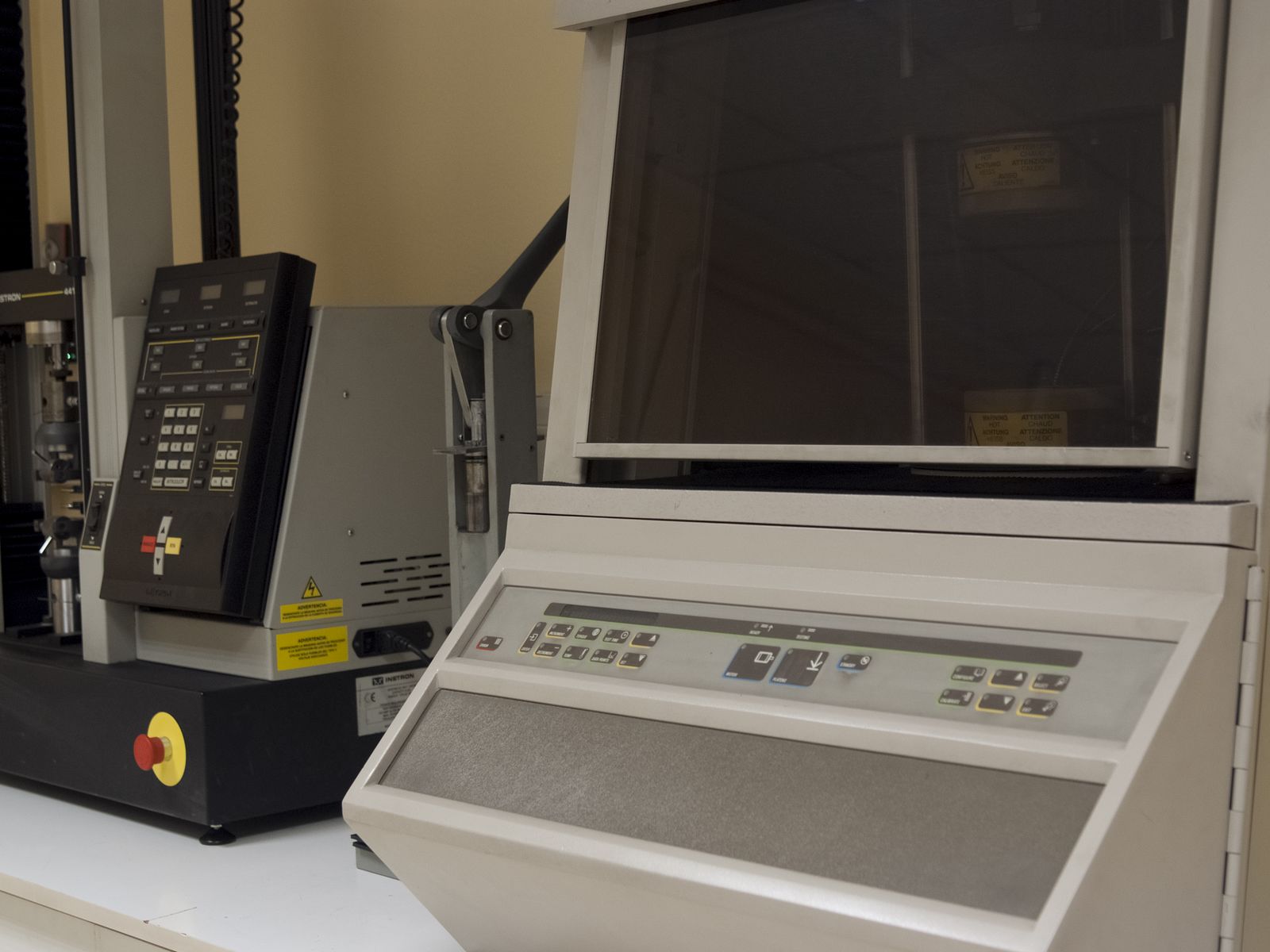Answers for some of the customers' questions
Answers for some of the customers' questions
Each manufacturer has its own criteria. You should not exceed the maximum limit indicated in the device specification. It is worth to remember that the maximum operation pressure for a heat exchanger is tested under factory conditions. The actual operation pressure is much lower and you should take particular attention to the actual operation pressure because it is easy to damage the plate package.
There is no one set rule. The life of a gasket depends on factors such as the temperature, used medium, products operating in the exchanger. Thus, you should match the gasket material with the exchanger operation conditions. An important thing is to not to allow excessive curing of the gaskets since they damage the gasket channels.
Basically, it can be noted that we deal with an expert manufacturer who produces plate heat exchanger gaskets only. Thus, it is not possible to provide dubious or accidental quality. In this case, repeatability is 100% and always the best.
It is a process where an elastomer compound is exposed to thermal treatment for a specified period of time. During this operation, a molecular connection is created („curing”). The properly carried out process results in high quality elastomer (rubber).
It depends on factors such as the type of media, products or the operation temperature. Our offer covers a broad range of materials that can be adjusted to any conditions. Please specify your heat exchanger operation conditions. Then, we will match the most optimal material, also taking into account any possible savings.
The heat exchanger should not be used at any price and tightened excessively until it leaks. When the gaskets are hardened, tightening will not give extraordinary results, but contrary, it could damage the gasket channels and also the plate package. Besides, the efficiency of the exchanger markedly decreases.
Therefore, as an old Polish saying says, it is better to prevent than to treat.

